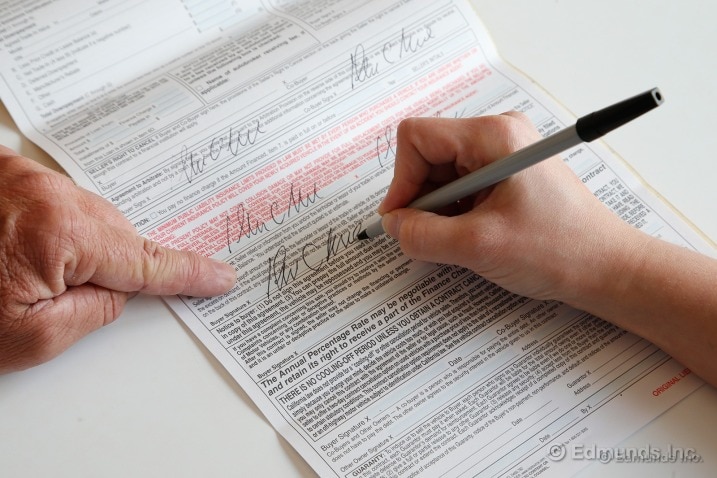Buying a new computer, couch or Crock-Pot in person at a brick-and-mortar retailer is a pretty simple affair. You pick out the product that works best for you, a clerk or salesperson rings it up, you get a receipt and go on your way.
Other than tax, most everyday purchases don't include any extra fees, charges or unfamiliar language. And if you pay cash, you can get away without signing anything at all.
Car shopping, however, is a much more involved transaction. For most of us, getting that new (or new-to-you) car includes more fees than just tax. And even if you're paying cash, you may have to sign as many as 40 different forms, depending on where you live, how you pay for the vehicle, and the dealership involved.



 by
by 
